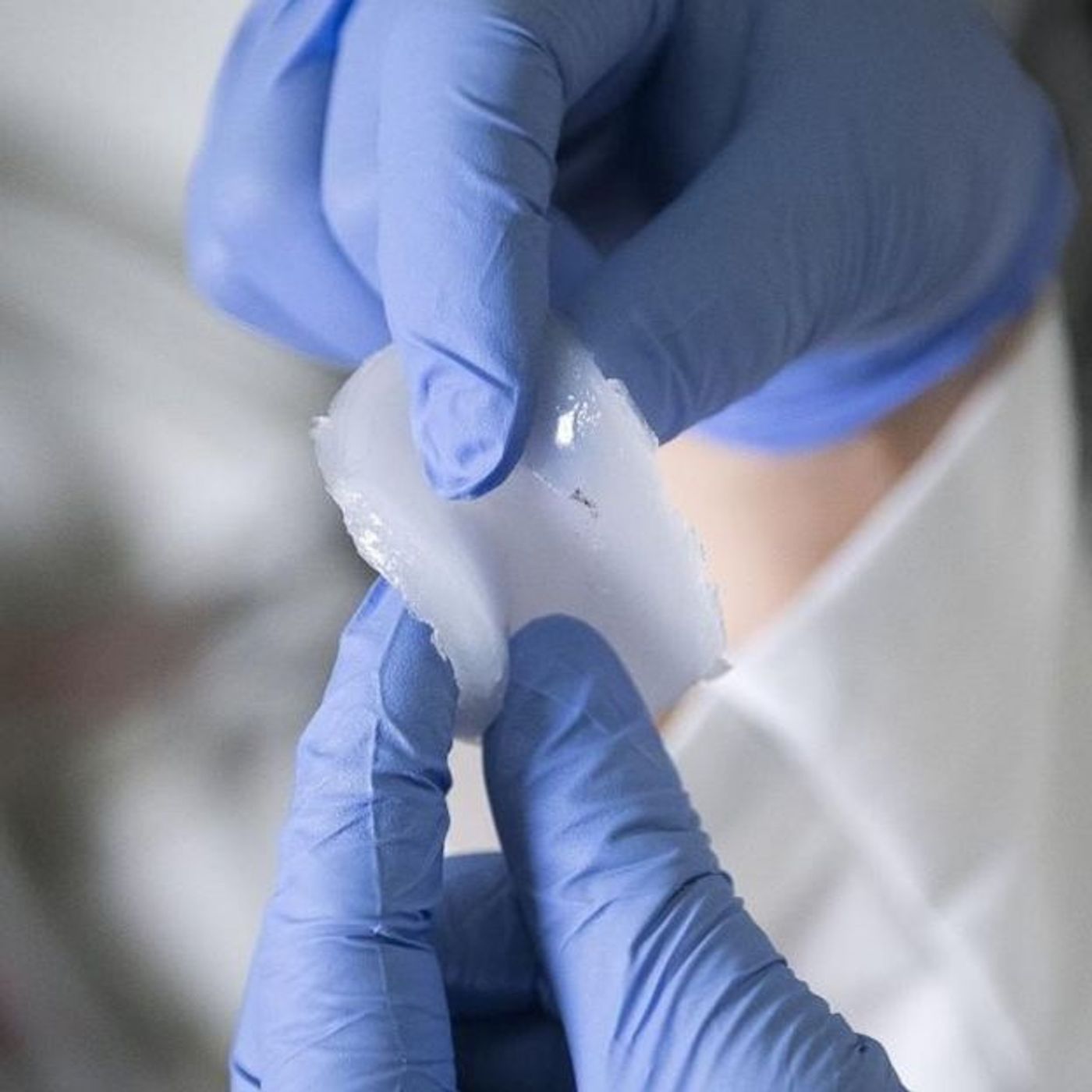New Lithium-Ion Battery Design is Resistant to Exploding
Lithium-ion batteries have a somewhat flaky reputation for becoming unstable and exploding under extreme circumstances. Although it’s a rare occurrence, it’s a genuine scare that makes many consumers wary of the battery’s safety.
Fortunately, researchers from both the University of Maryland and the U.S. Army Research Laboratory seem to have found a solution to the problem and have published their results in the journal Joule.
Image Credit: Jhi Scott/ARL
Their solution involves replacing the non-aqueous electrolyte solution inside of modern lithium-ion batteries with a water-salt solution instead. This lone change creates a significant difference in the battery's stability.
Although a typical lithium-ion battery has warnings printed on its surface to avoid bending, puncturing, over-charging, and mangling the battery in any other way, one could puncture the new water-salt-based lithium-ion battery safely without the associated risk of dangerous explosions or fires.
"In the past, if you wanted high energy, you would choose a non-aqueous lithium-ion battery, but you would have to compromise on safety. If you preferred safety, you could use an aqueous battery such as nickel/metal hydride, but you would have to settle for lower energy," says study co-author Kang Xu from the U.S. Army Research Laboratory. "Now, we are showing that you can simultaneously have access to both high energy and high safety."
Related: This cell phone doesn't require a battery to use
Not only does the new battery technology have the desired level of safety for consumer goods, but it maintains the high-energy storage of lithium-ion technology.
Worthy of note, the new aqueous lithium-ion battery is an improved version of a 3.0-volt version unveiled in a 2015 study published in the journal Science. Nevertheless, the water-salt electrolyte lithium-ion battery supports an even higher 4.0 volts, which makes it useful for a plethora of household electronics like laptops and smartphones.
Making this feat possible is a gel-polymer electrolyte that bonds to the surface of the anode inside the battery with use. The new idea solves the “cathodic challenge,” as the researchers called it back in 2015, in which the anode would degrade from contact with the aqueous electrolyte.
Image Credit: Jhi Scott/ARL
With the proper voltages now met and the cathodic challenge now solved, the researchers believe it’s entirely possible that the newer and safer lithium-ion battery could potentially make its way to consumer electronic devices within about five years or so.
Unlike a host of other more modern battery concepts revealed in the past, this one uses a battery technology we’re already utilizing, but with a tweaked internal concept that will make it safer for everyday purposes.
One can only hope the new battery technology takes off and becomes the new standard, as exploding batteries aren’t anything to joke about. Just see the example below if you don’t believe me:
Source: BBC










